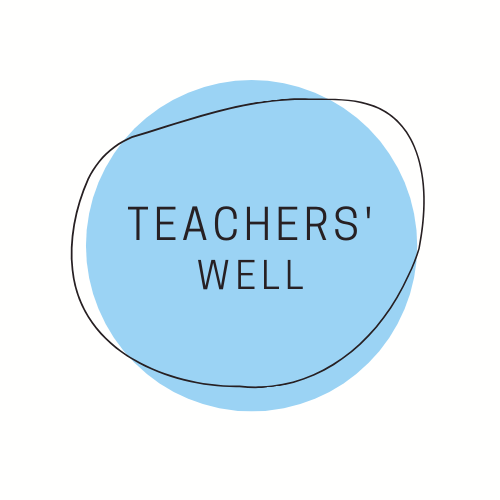Why do we need Wellbeing Education Leaders and Learners?
Let me begin with a short story…
A school hosted a wellbeing training and most of the teachers left feeling hopeful and invigorated. In the weeks after they quickly implemented the resources and strategies, putting them to test in their classrooms. The wellbeing strategies got a mention in many staff meetings that term and some genuinely inspiring stories of student engagement and progress were shared around the staffroom.
By the next semester, a few teachers raised their concerns that the strategies seemed to be having less of an impact, particularly for students with the most concerning behaviours. The Assistant Principal ran a workshop focussing on one of the strategies in direct response to some challenging situations, although the discussions arising from the workshop were never followed up on. A small group of teachers contacted the wellbeing trainers with some questions on ‘where to next?’ and the training team responded with an offer to ‘run further consultations’, for which the school didn’t have budget allocation remaining for the year.
By the end of the year, the energy and enthusiasm generated by the wellbeing training had waned, and for most staff, time and attention had turned to other priorities.
Partnership and process
Over the past four years, I have worked with hundreds of schools across Australia through wellbeing trainings and the story above is a generalised reflection of what I saw in too many instances.
Why?
Because for wellbeing initiatives to be successful they must be created through partnership, collaboratively designed, and consistently practiced by the teachers and community with knowledge of the context and ‘skin in the game’. They also must be created within a process that can contain the complexity of compounding systemic wellbeing challenges and generate a safe enough space for curiosity, compassion, and courageous action to emerge.
Wellbeing Education Leaders and Learners
Partnership and process could be said to be two sides of the same coin. It takes a good process to develop sufficient trust and understanding that signifies a strong community partnership. Likewise, a partnership is needed to develop a process that is genuinely responsive to the needs and aspirations of the community.
Where then do we start? With an invitation to teachers who are passionate about whole-school wellbeing. To come together with the intention to develop partnerships, participate in and co-design processes that draw on experiences within their schools, and generate wellbeing initiatives across educational systems that make a difference.
Guided by values of purpose, curiosity, compassion, and courage, we call these teachers Wellbeing Education Leaders and Learners, and this is our collective work.
You can learn more about our programs to become a Wellbeing Education Leader and Learner here.

